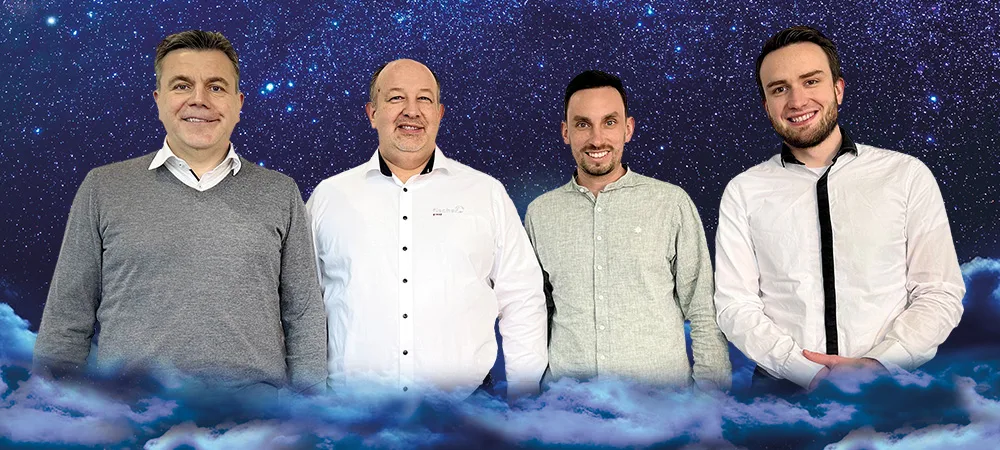Underestimated focal points of the S/4 transformation


The ongoing and completed migration projects have very different starting points and objectives. Personal experience in the implementation projects has shown that in project management many common denominators are implemented accordingly, but some work packages are underestimated.
A central and current topic for most existing customers is the new system architecture. The focus is naturally on hardware with Hana technology. The provision for an unplanned hybrid system architecture due to brought-in cloud solutions by the business departments often comes too late. A critical part in the hybrid approach is ensuring and verifying the necessary integration, which is a prerequisite for a successful cloud deployment. SAP has not yet fully integrated some cloud acquisitions.
One of the underestimated topics is certainly data management. This is also the reason why E-3 Magazine continuously provides many articles on it. Not only is it very extensive and complex, but it also involves a lot of money in the project and in the ongoing operating costs. The complexity makes a subdivision useful: the system architecture, where, in addition to performance, it must be clarified which data can be kept in the core system and which can be outsourced to upstream systems. The necessary implementation of the business partners can be very costly, depending on the requirements. In one group, possible data archiving should also be dealt with at the same time.
The General Data Protection Regulation is also a part of data management. SAP's data implication has extensive effects on the data structure and in-house developments. In addition, the new SAP Master Data Governance should be addressed in terms of its effects.
Change management is also included in every project plan. In my view, some HR areas are misjudged and thus some effects are underestimated. This concerns the topics of training, personnel, succession planning and knowledge transfer. Poorly trained users use the software too little or incorrectly, and therefore take longer or make mistakes, which costs a lot of time and money.
The massive shortage of IT and SAP human resources is on everyone's lips. Therefore, as a result of uncertainties caused by massive changes in the transformation project, special attention should be paid to the affected human resources. Any change in personnel has long-lasting effects and is expensive. The transfer of knowledge from external consultants to internal staff must also be ensured. Dependence on consultants after project completion is a risk and associated with financial disadvantages.
The S/4 transition is automatically linked to new SAP licenses. The SAP variants Product Conversion or Contract Conversion are used for this. Compared to the earlier R/3 license acquisitions, the following rather less considered measures would be recommended for successful relicensing during the license negotiations: On the one hand, the management responsible for SAP or IT strategy should be involved, and on the other hand, it should be ensured that lawyers with SAP-specific legal knowledge are also available. When converting on-prem licenses to the cloud, there is currently no way back.
Finally, you should also be aware that with the transformation from R/3 to S/4 Hana, you will be even more tied to SAP in the future with the Hana DB. From a program perspective, because more and more logic is being placed in the Hana DB, making it almost impossible to switch DBs, and from an economic perspective, because you are at the mercy of SAP's DB pricing strategy. There is no information on the implementation of SAP's original DB strategy in the direction of "open source".








